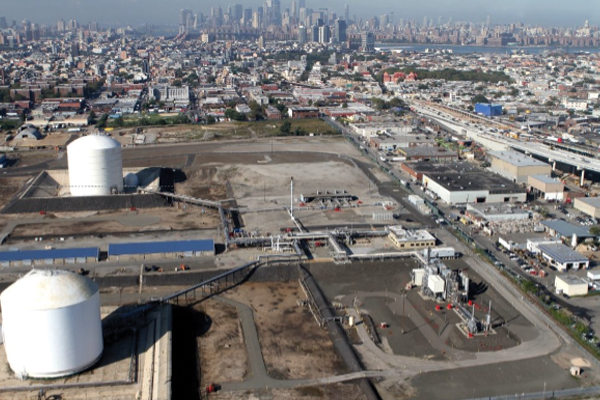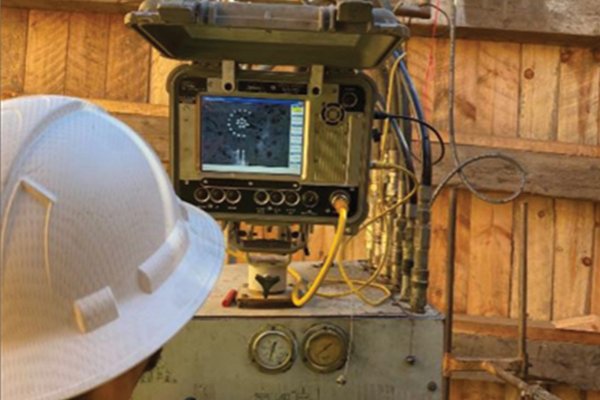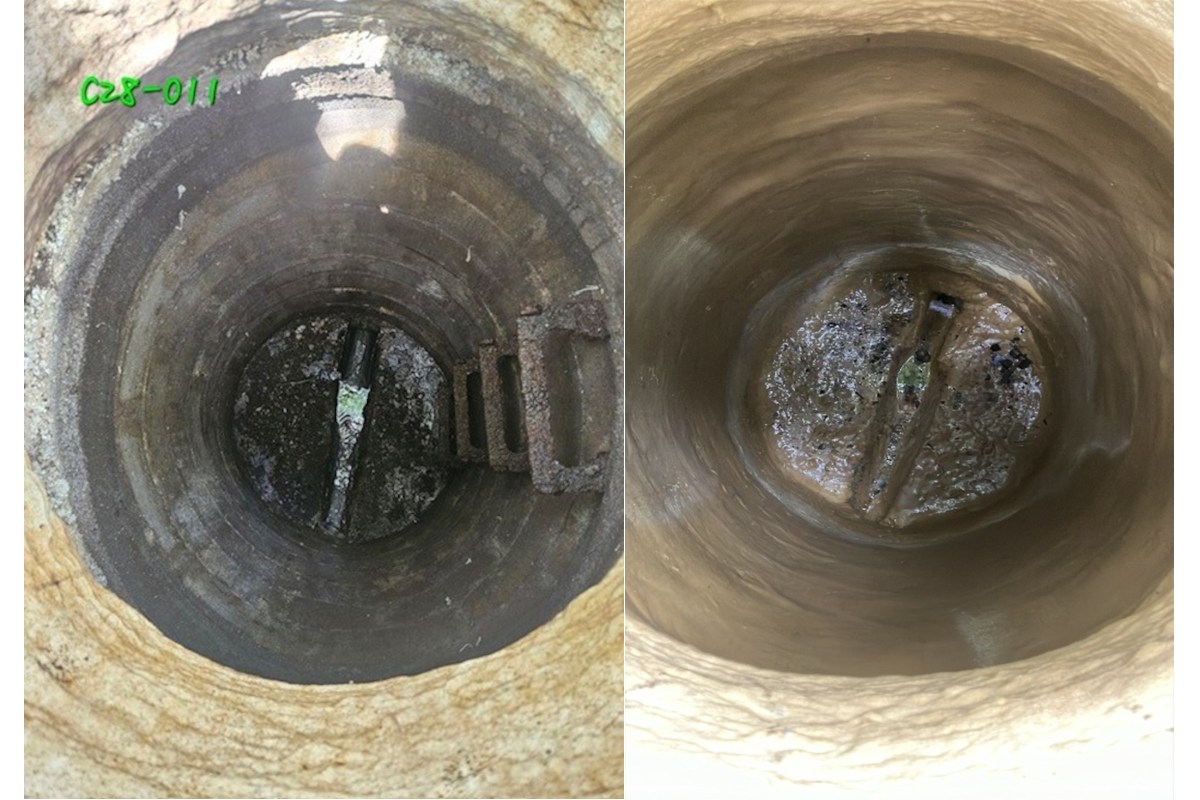
Beneath the Frost: Trenchless Technology for Winter Resilience
To ensure the safe operations of its Northeast liquid natural gas (LNG) facility, National Grid must maintain multiple climate-controlled tanks at -260 F. This is an extreme requirement with no room for error. To achieve this, warm-water foundation heating systems preserve consistent subsurface temperatures.
When these aging systems fell short of their original design capacity, BOND was enlisted to support their replacement.
The challenge was clear and involved installing 14 new conduits beneath active LNG tanks using trenchless methods. This demanded pinpoint accuracy, minimal disruption, and close collaboration every step of the way.
This effort was part of a broader system upgrade involving the installation of 42 new conduits across three zones. The initial phase focused on one of those zones, requiring 14 bores to be completed. Each bore would carry new heating elements essential to maintaining the integrity of the foundations. This was crucial to prevent frost heave that could damage the tanks.
Several constraints shaped the approach. Protecting the structural integrity of the tank’s foundation – comprising a concrete base, deep ring foundation, engineered fill, foamglass installation, and embedded sand pads – was critical. Both vibration and settlement had to be minimized. Furthermore, each conduit needed to be installed within a 2-in. tolerance in all directions. This was necessary to ensure even heat distribution.
The project scope included 14 crossings spaced 3 ft apart. They were installed at depths of approximately 8 ft beneath the surface, but only 1 ft beneath the tanks ring wall foundation. Each bore, about 150 ft long, was designed to accommodate 4-in. steel casing housing two 1-in. conduits. These conduits were later filled with thermal grout. Limited pit space required pulling the pipe back in 10-ft segments rather than thrusting it through.
Geotechnical conditions included granular fill and glacial outwash over marine clay, with dense layers of sand, silt, and gravel. Expected cobbles and boulders were also present. Groundwater was encountered at about 7 ft, necessitating dewatering of up to 120,000 gallons per day.
Given all of these factors, BOND evaluated three trenchless methodologies for this important work: guided boring, guided air hammering, and down-the-hole (DTH) hammering. Each was assessed for accuracy, vibration impact, settlement risk, and fit within spatial constraints.

The guided bore method employed BOND’s Akkerman 240A Guided Boring Machine (GBM), equipped with a Tri-Hawk cutting head meant for varying geology. A theodolite with an advanced remote-controlled optical system enabled real-time tracking of the pilot’s progress. This ensured alignment to the exit point. This method also allowed for precise steering and was performed within the 2-in. tolerance.
The guided air hammer method utilized pneumatics to penetrate through the soil and mitigate risk due to cobbles and boulders. After advancing the pilot with the GBM, if an obstruction was encountered, the pilot tube would be tripped out and replaced with the hammer assembly. However, this change left temporary voids beneath the tank, increasing settlement risk beyond tolerance. Although the trial was completed successfully and within tolerance, this risk rendered it less ideal.
The DTH hammer approach was utilized in a successful trial installation. Down the hole hammers can handle varying conditions including boulders or hard rock without issue. This made it an appealing option for this application. The primary reason this methodology was not utilized was that while typically accurate, the down the hole hammer has no method of steering. It could not guarantee the tight tolerances previously mentioned.
Trial installations were completed with all methods. Ultimately, guided boring was selected as the optimal approach based on its accuracy, steerability, and minimal disruption to surrounding conditions. The GBM’s ability to operate within the project’s tight spatial constraints, produce minimal cuttings, and its minimal vibration further reinforced its viability.
Pits were excavated on each side of the existing tank. Each pit length was sized to accommodate all 14 bores, resulting in a 47-ft-wide-long pit. The length had to stay at 12 ft, due to spatial constraints.
Once the GBM was positioned in the launch pit, BOND conducted a survey to verify alignment. The pilot was then advanced in 3-ft increments. It was steered continuously via a laser-aligned target and crosshair system to help meet the tight tolerances. The primary challenge was navigating cobbles and boulders, which could knock the pilot off track. However, the GBM operator was able to adjust course in real time when this occurred.
Once the pilot was complete, BOND connected the product pipe to the pulling assembly and pulled in one 10-ft-long joint at a time. After each joint installation, operations paused for welding and inspections prior to continuing.
BOND chose to utilize a Tri-Hawk bit for the pilot process versus a standard pilot tube “paddle”. They selected this for its superior performance in mixed ground conditions. Initially, the pulling assembly consisted of a swivel shackled to pad eyes, connected to the pilot tube and product pipe. During the third installation, a boulder fell into the gap between the swivel and pad eye. This caused high pulling loads and equipment failure. BOND addressed this by fabricating a protective shroud to cover the assembly, eliminating the gap and preventing interference from debris.
Despite these challenges, the team maintained strong momentum, averaging one completed pullback every three days. The collaborative effort between BOND and National Grid to evaluate multiple trenchless methods played a critical role in selecting the most effective solution. This was a key driver of success.
Lessons learned, including the refinement of the pulling assembly, will directly inform subsequent project phases. These will improve efficiency, further mitigate risk, and ensure continued success.
Cole Byington, P.E., is an engineer with BOND Civil & Utility. Jesse Lubbers is principal project manager with National Grid.




